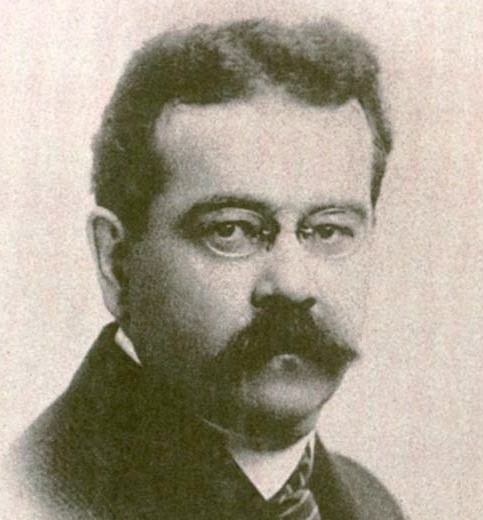- cross-posted to:
- libraries@literature.cafe
- britishbooks
- cross-posted to:
- libraries@literature.cafe
- britishbooks
A mysterious cosmic emblem hangs over the entrance to a building in Bloomsbury, at the heart of London’s university quarter. Depicting concentric circles bound by intertwined arcs, it represents the four elements, seasons and temperaments, as mapped out by Isidore of Seville, a sixth-century bishop and scholar of the ancient world, as well as patron saint of the internet. What lies within is not a masonic lodge, though, or the HQ of the Magic Circle, but the home of one of most important and unusual collections of visual, scientific and occult material in the world. Long off-limits to passersby, the Warburg Institute has now been reborn, after a £14.5m transformation, with a mission to be more public than ever.
“We are essentially devoted to the study of what you would now call memes,” says Bill Sherman, director of the Warburg. To clarify, the institute is not a repository of Lolcats and Doges, but of global cultural history and the role of images in society, with a dazzling collection ranging from 15th-century books on Islamic astronomy, to tomes on comets and divination, not to mention original paintings used for tarot cards (about which a show opens here in January). At least half of the books can’t be found in any other library in the country.
…
The expansion has also enabled the full reinstatement of Warburg’s unique cataloguing system, with four floors each dedicated to Image, Word, Orientation and Action – “uniting the various branches of the history of human civilisation,” as his close collaborator, Fritz Saxl, put it, breaking culture free from the confines of its usual disciplinary silos. There are few other libraries in the world where you might open a drawer of photographs marked Gestures, to find thematic folders labelled Fleeing, Flying, Falling, along with Denudation of breast, Grasping the victim’s head, and Garment raised to eyes (Grief). Warburg’s unusual system might not have caught on elsewhere, but it still provides a powerful way for artists, writers and researchers to make unexpected connections and pursue fertile tangents – preceding our world of swiping through hashtags, links and recommended feeds by a century.
“It’s a building filled with literal magic,” says novelist Naomi Alderman, who has spent much time writing here. “A place to sit amid books that are almost definitely emanating auras of sorcery … One brief stroll through the shelves and I always find some new wyrd inspiration.” The reading rooms themselves are still limited to card-carrying researchers, but through the new exhibition and event programme, the public can finally get a taste of Warburg’s weird and wonderful world for themselves.


